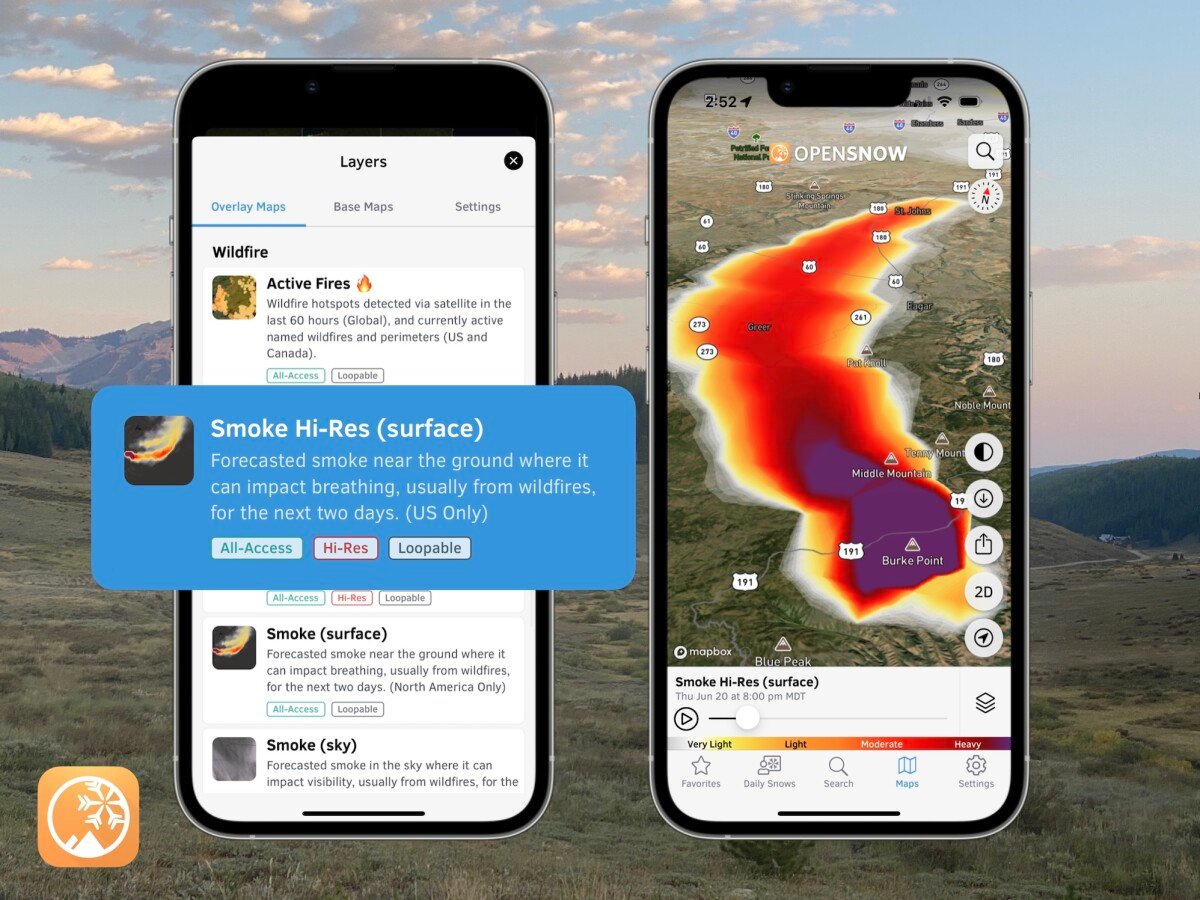News

By Alan Smith, Meteorologist Posted 1 year ago September 8, 2023
2023 United States Fall Foliage Outlook

The transition from summer to fall is arguably the most beautiful time of the year in the high country. The high peaks receive their first dusting of snow and the trees glow with gold, scarlet, and orange leaves.
The timing of peak color varies by location and elevation across the U.S. Generally speaking, leaves turn earlier across higher elevation areas and more northerly locations, and later across lower elevation areas and more southerly locations.
Climatological Peak Color by Region:
Rockies:
Mid-September to Early October, depending on elevation and latitude with higher elevations in Northern/Central Colorado usually turning earliest.
California:
Late September to Early October in the Sierra, and Mid to Late October in the foothills and lower elevations.
Southwest:
Mid-October to Early November, depending on elevation.
Pacific Northwest:
Mid to late October.
Great Lakes:
Mid-September to Mid-October
New England:
Late September to Mid-October
Mid-Atlantic and Southern Appalachians:
Early October to Early November depending on elevation.
Fall Foliage Map
Here is a great Interactive Map that shows when the average peak fall color occurs by county throughout the U.S.
Weather Factors that Influence the Timing and Intensity of Peak Color
The effects of weather and soil conditions on fall colors can be tricky to nail down and there are always uncertainties with regard to timing, but there are at least a few things we can look at.
The following conditions typically result in the most vibrant fall colors:
- Wet (or non-drought) conditions during the spring.
- Near-normal mid to late summer rainfall.
- Warm, sunny days and cool nights during the fall.
- A lack of "extreme" weather events in the fall (such as heat waves, cold snaps, or heavy precipitation and wind events).
Temperatures and Fall Colors
Temperatures relative to normal during September and October can influence the progression of fall foliage. Late-season heat waves or extended (multi-week) stretches of well-above-normal temperatures can result in peak color occurring later than normal.
On the other hand, significant early-season cold snaps (well below normal temperatures) that involve hard freezes can have a negative impact on fall colors, causing leaves to quickly reach "past peak" status and fall off the trees sooner.
Looking ahead, temperatures over the next 2 weeks (as of September 8th) are not expected to deviate significantly from normal across the East, Midwest, Central Rockies, and Sierra. This is good news from a fall foliage perspective.
More persistent above-average warmth is expected across the Northwest and for most of Canada, which could potentially delay peak fall foliage season depending on other factors.


Moisture and Fall Colors
Wet spring and early summer conditions (from rainfall and snowmelt) are favorable for fall foliage, whereas drought conditions that persist through the summer months can result in peak color happening earlier than usual depending on early fall temperatures.
On the other hand, if rainfall is heavier and more consistent than normal late in the summer and early in the fall, this can result in a delay in peak color – though often the fall color display is outstanding once the leaves do turn.
Looking back, soil moisture was above average across California and the Rockies heading into the early summer season, as well as the Southeast and Northern Great Lakes. Soil moisture was near average across New England, and below average across the Mid-Atlantic and Northwest.

As it turns out, July and August were wetter than usual across much of the U.S. from the Sierra to the Rockies to the East. The Southwest was below average, while the Pacific Northwest was right around average.

Bottom line, barring any weather extremes during September and October, this should be a great fall foliage season in most areas, with some areas perhaps turning a little bit later than usual.
Keep in mind that, similar to winter season forecasts, fall foliage forecasts contain an inherent degree of uncertainty, while peak color typically does not vary that much from year to year in most instances.
Also, like with powder days during ski season, there will always be at least a few days (if not weeks) when the colors are really popping, so get out there and enjoy this fall!
Alan Smith, Meteorologist
About The Author




